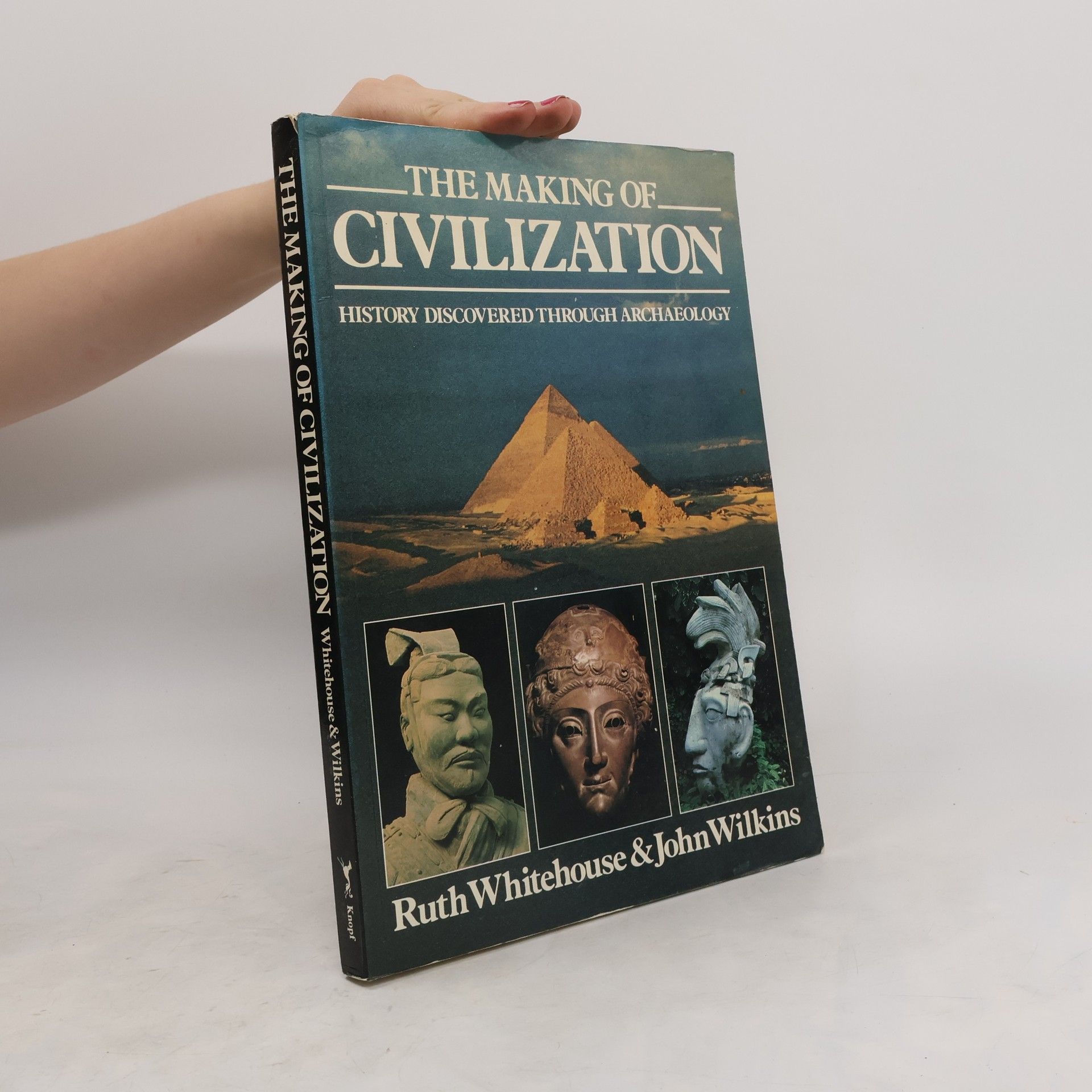The Mathematical and Philosophical Works of the Right Rev. John Wilkins
- 266 pages
- 10 hours of reading
This volume features a facsimile reproduction of the 1802 edition of the works of John Wilkins, a notable figure in mathematics and philosophy from the early 18th century. It includes an index that was added for the 1970 reprint, enhancing accessibility for contemporary readers. The text reflects Wilkins' contributions to various fields, showcasing his intellectual legacy and the historical context of his ideas.


